2D Game Design is Seemingly a Defined, Delicate Balance
A Comparison of Salt and Sacrifice and Eiyuden Chronicle Rising
In a rather bizarre layering of releases, I’ve come to notice that two games complement each other as interesting case studies in 2D game design. Following a demo at PAX East 2022, I was given access to Eiyuden Chronicles: Rising, shortly after that I was sent a copy of Salt and Sacrifice. Both of these games I played back to back and I wish I could fuse these two games together to create a much better experience because as it stands both games are lacking in opposite ways. My play sessions have me reflecting on just how incredible 2D game design is as a delicate balance of art and mechanics. The design points at which these two games fail, at least in my perspective, highlight and strengthen my feelings towards some of the masterclass games we’ve seen such as Hollow Knight, Shovel Knight, Dead Cells, and more.
I’ll be providing some basic background information on each game first and then I’ll dive into specifics. Also know that while I have worked in games generally for the last 10 years or so, I have not actually coded or made my own projects. I am coming at this design topic as someone who’s studied the industry, worked on a few game teams, and played hundreds, possibly thousands of games in my lifetime. I often reflect on my gaming through reviews, essays, and podcasts. Plus, I study game design through discussions with peers and colleagues, books, video essays, speaking to devs in interviews, and working with devs on various projects. While I’m confident in my analysis, I always invite critique and discussion.
Eiyuden Chronicle: Hundred Heroes was a massively successful project on Kickstarter from Rabbit & Bear Studios. On the surface, it’s another nostalgia-driven game with a visual style similar to Octopath Traveler in an effort to make a classic-feeling JRPG. However, JRPG fans celebrated the project as many of the talented people involved have been making games in the genre for several years, most notably the Suikoden series. Further expanding the Eiyuden Chronicle brand, a prequel was announced in an effort to expand both games’ fantasy world and potentially get something playable out while the rest of the team works on the main game.
This prequel is called Eiyuden Chronicle: Rising, a 2D adventure game with light RPG elements and town-nurturing mechanics. Rising utilizes similar 2.5D graphics that has made many modern games with traditional designs stand out, opting for a more action-based system where players link attacks together with three buttons assigned to characters. A single click instantly swaps to that character (currently I have the adventurous CJ, the tired traveler kangaroo swordsman Garoo, and the town’s mayor turned helpful ally Isha), and pressing a different character after an attack creates a flashy combo.
The game is mostly about doing quests for townsfolk, rebuilding the community after an earthquake devastated the area, and gathering items through simple dungeon excursions all while piecing together the game’s world and history. It’s a cozy RPG that puts me in the mind of simpler times playing games like Dark Cloud, Brave Fencer Musashi, or Radiata Stories. Eiyuden Chronicle: Rising is nothing really complex, just a straightforward fantasy game, but there is a certain charm to its presentation that some players may thoroughly enjoy.
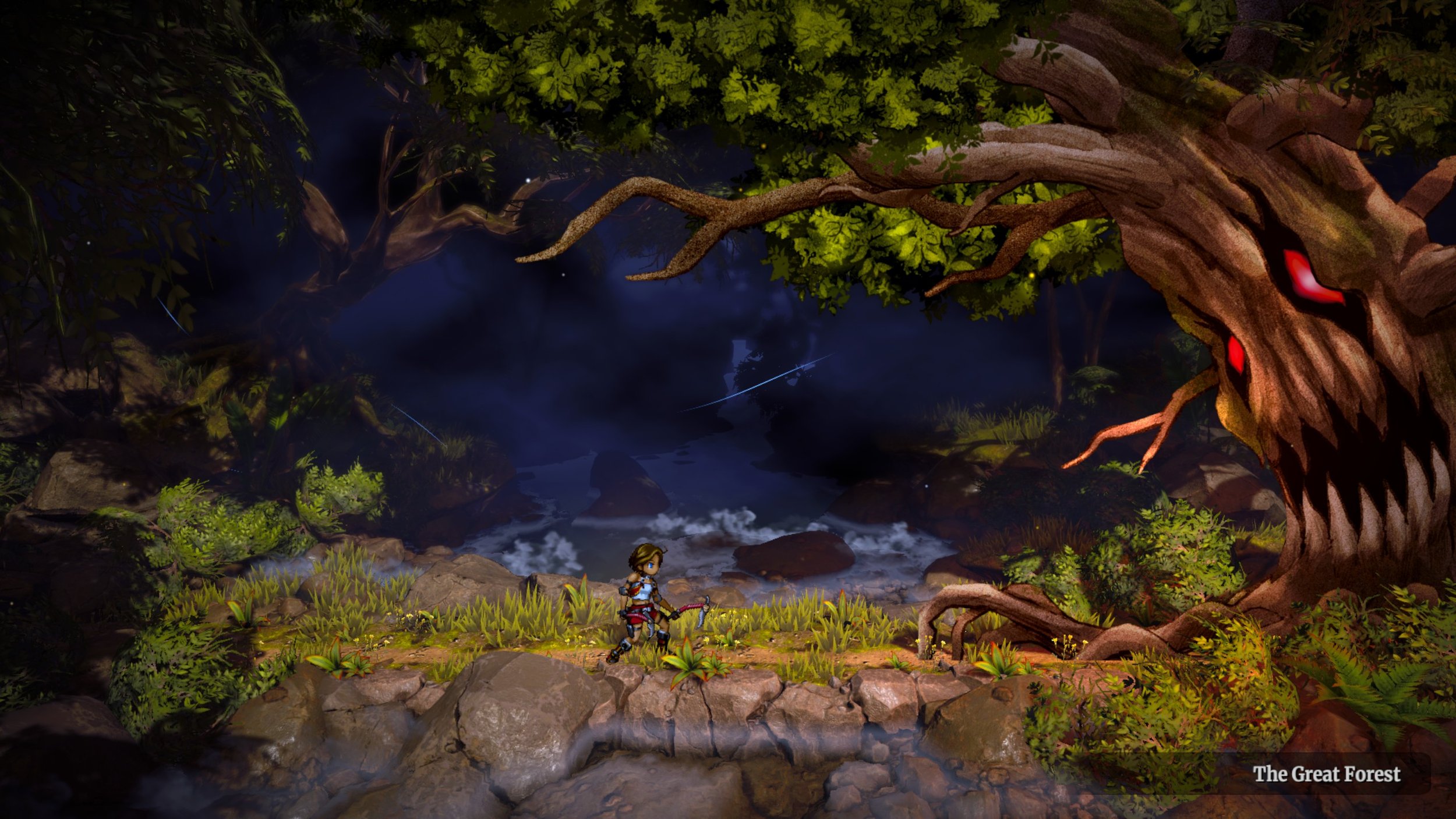
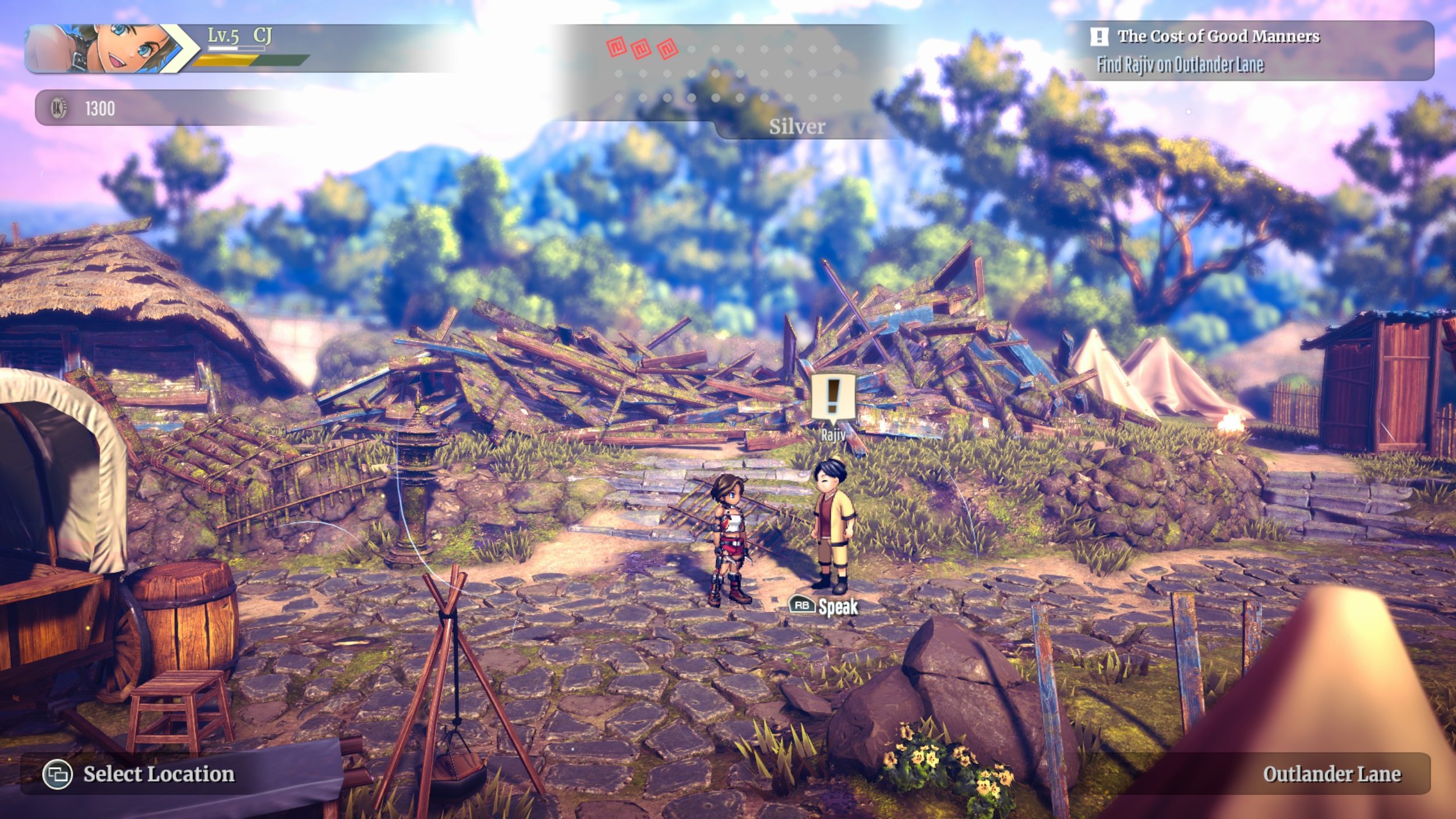
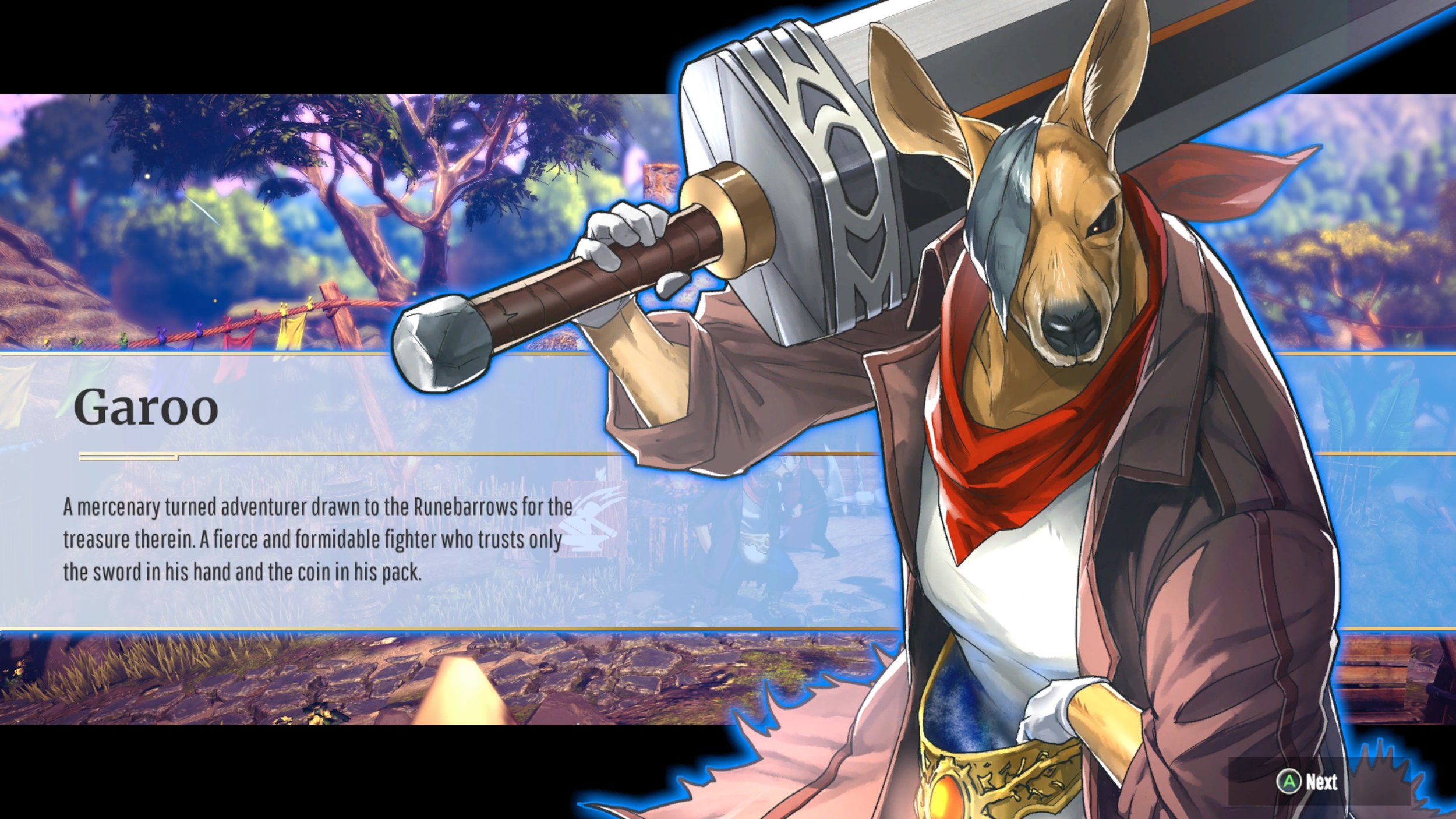
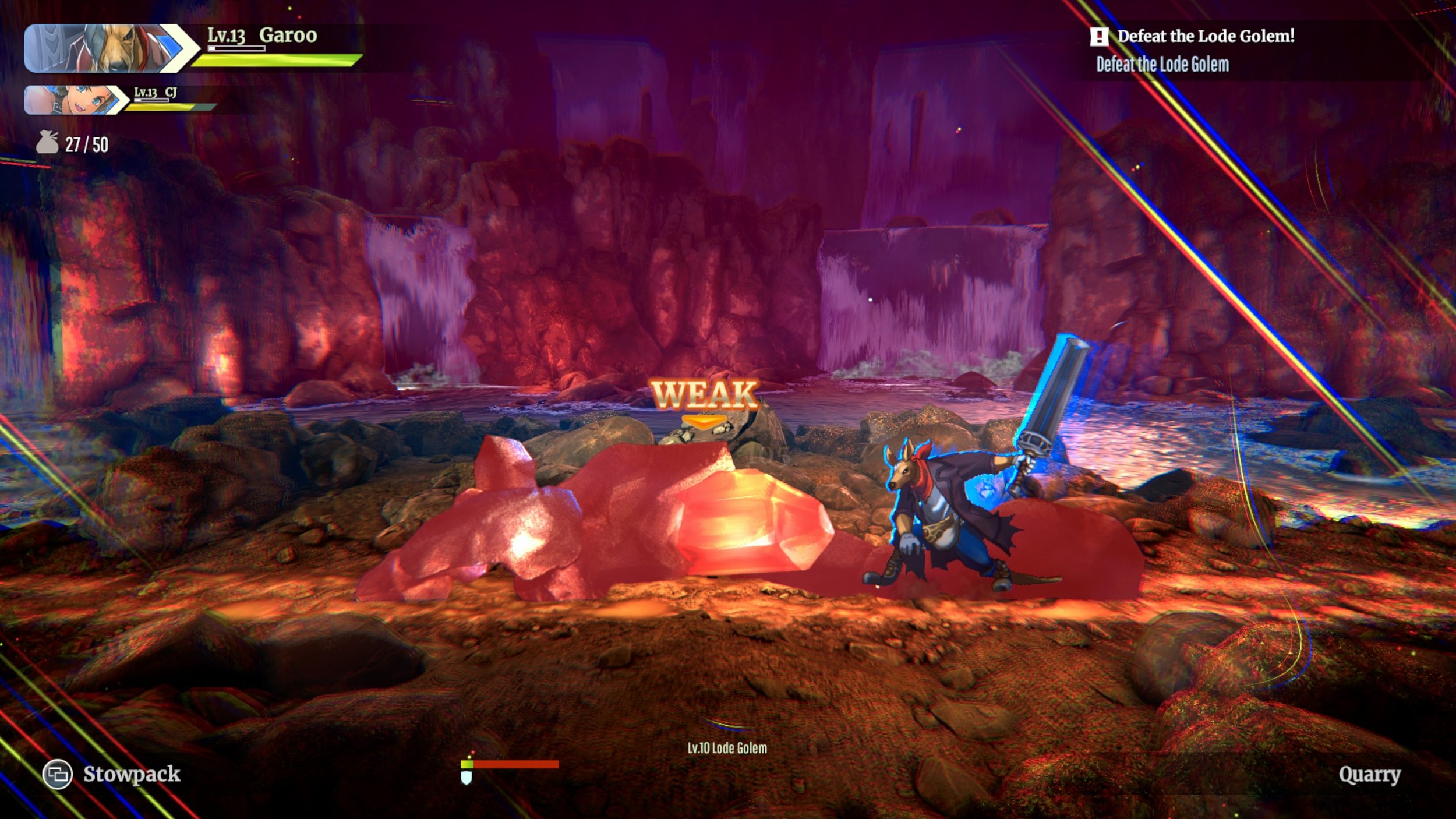
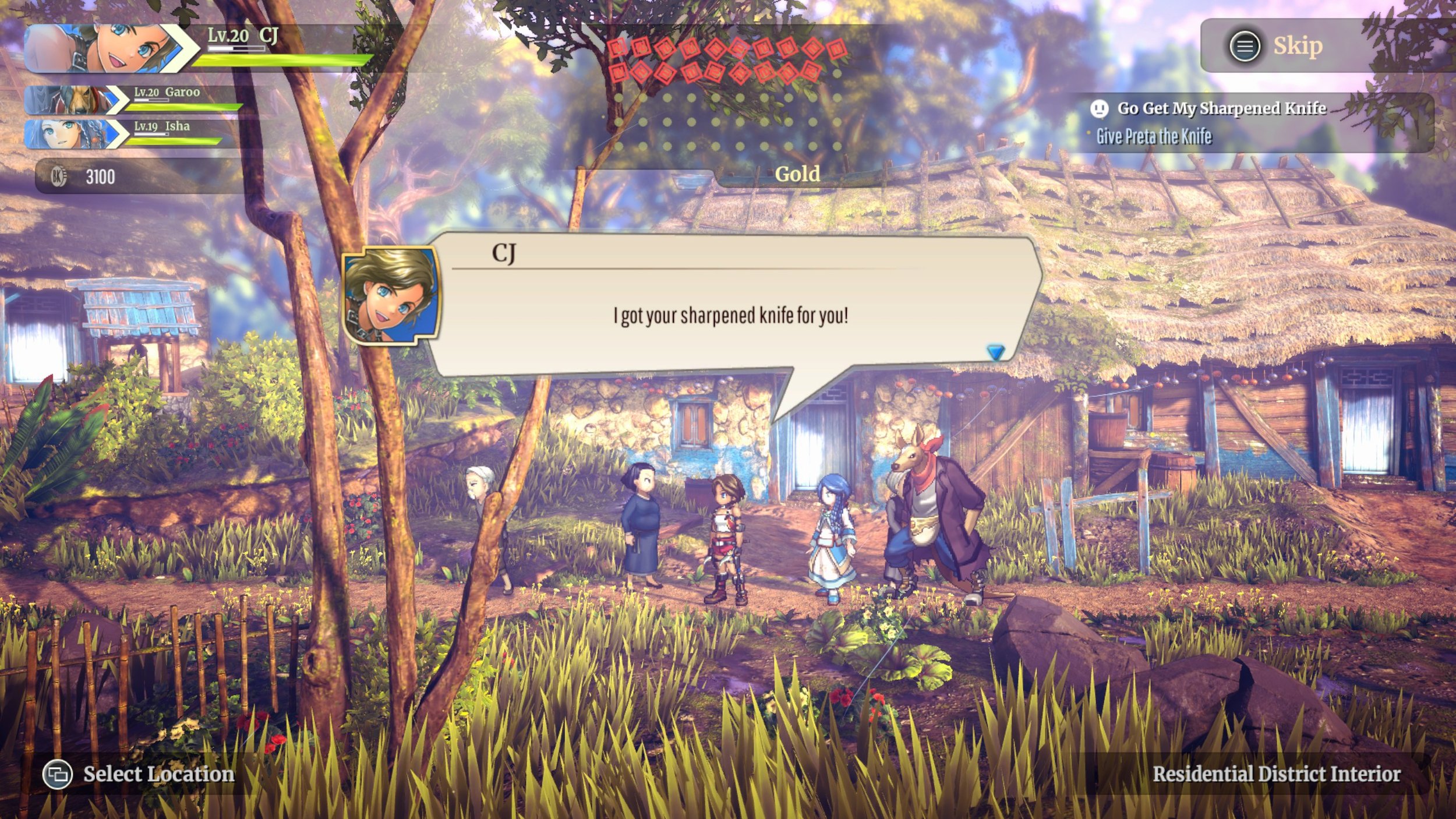
Seemingly opposite to Eiyuden Chronicle: Rising, a laid-back romp through monster-infested forests and caves, is Salt and Sacrifice, a stressful trudge through monster-infested forests and caves.
Salt and Sacrifice is a sequel to Salt and Sanctuary from Ska Studios which is led by James Silva who made it big in the indie scene during the rise of the Xbox Live Arcade on Xbox 360 with games like The Dishwasher: Dead Samurai, I MAED A GAM3 WITH Z0M1ES 1N IT!!!1, and Charlie Murder. These are games I remember fondly, seemingly taking the edgy nature of Flash games from sites like Newgrounds and bringing them to consoles. It was exciting to see smaller projects find success on home consoles in such a lean development environment.
One could argue that games like this are what led to my love of indie games today, though much of my interest comes from studying the entirety of game libraries with a mindset that a fun game can come from any source. That said, I never spent much time with Salt and Sanctuary but I always knew it as a game that people enjoyed that was one of the first attempts at taking the framework of Dark Souls and fitting those elements into a 2D title.
Salt and Sacrifice is a game that I feel has a ton of anticipation from fans of Ska Studios. It immediately has that Dark Souls feel even at the outset of creating a character. I played around with a few builds and eventually went with a Paladin, relying on spacing and defense. Much like Dark Souls, Salt and Sacrifice is a game of systems where the stats of one’s character can affect rolling and movement speed or increase how much an attack can interrupt an opponent. The game mostly focuses on preparing at a camp and then charting out into a dangerous world to hunt powerful Mages. It feels a little bit like Monster Hunter in that regard but it’s interesting that both Salt and Sacrifice and Eiyuden Chronicle: Rising feature a hub town that expands through the discovery of characters and completing objectives.
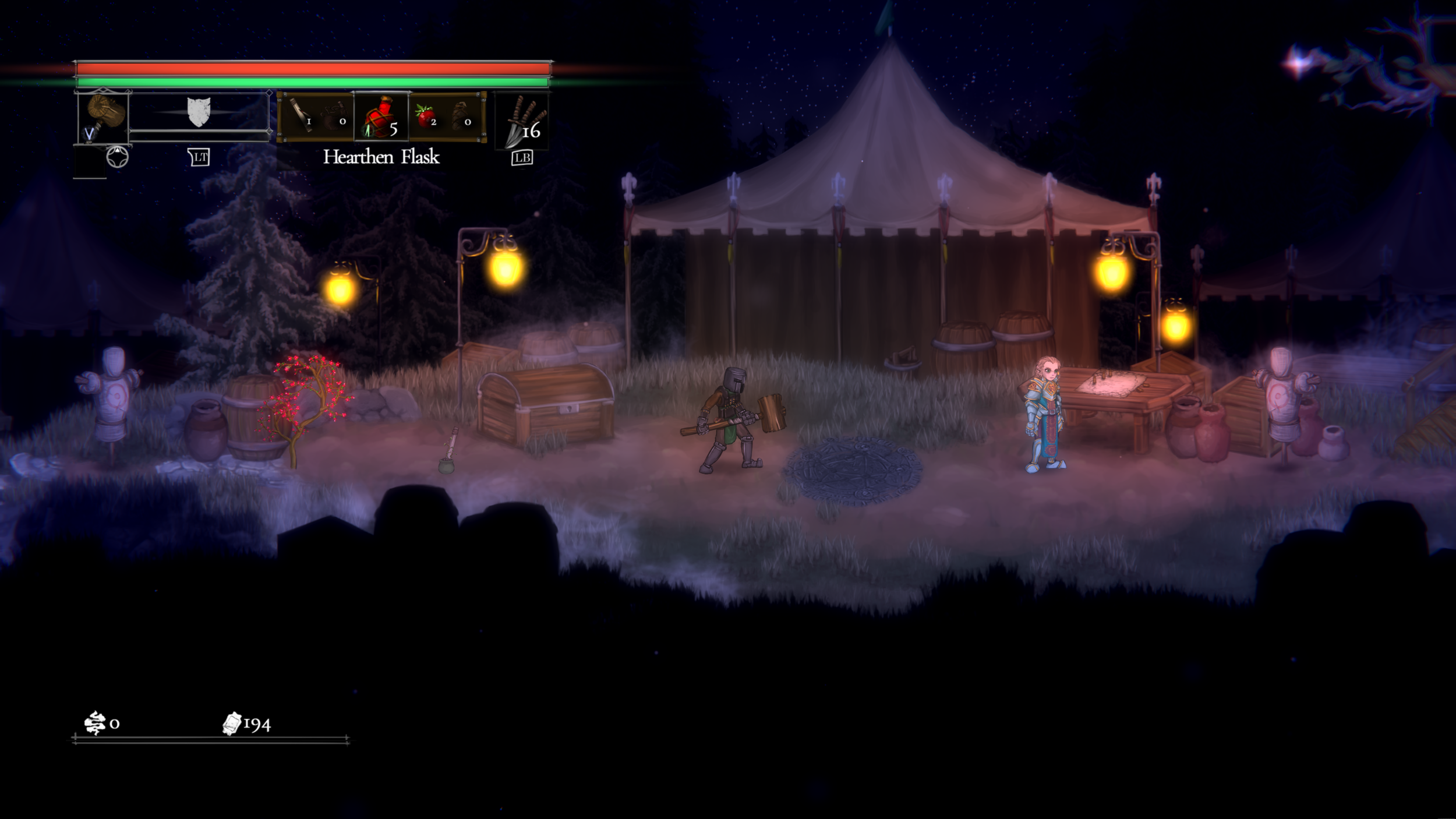
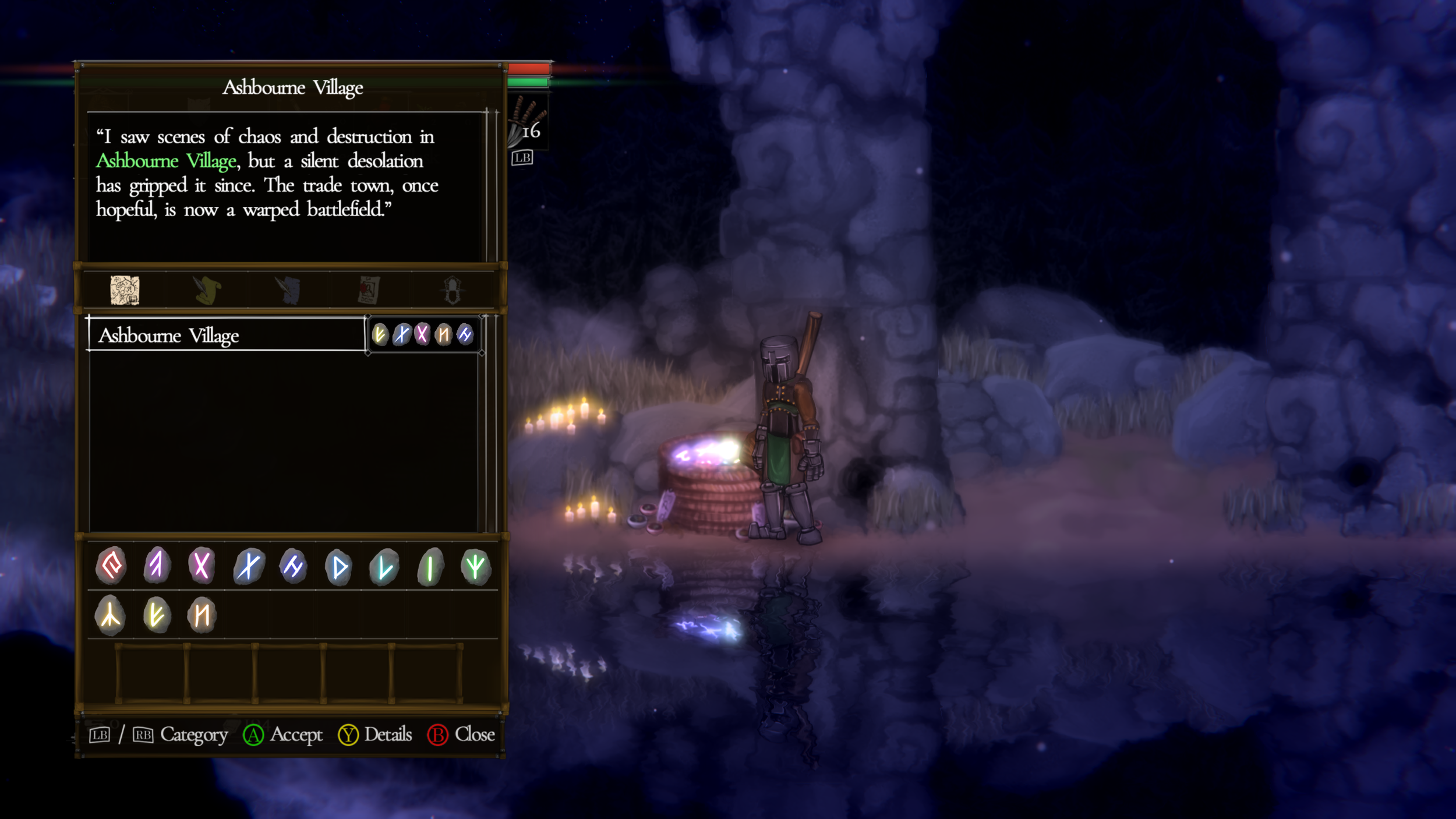
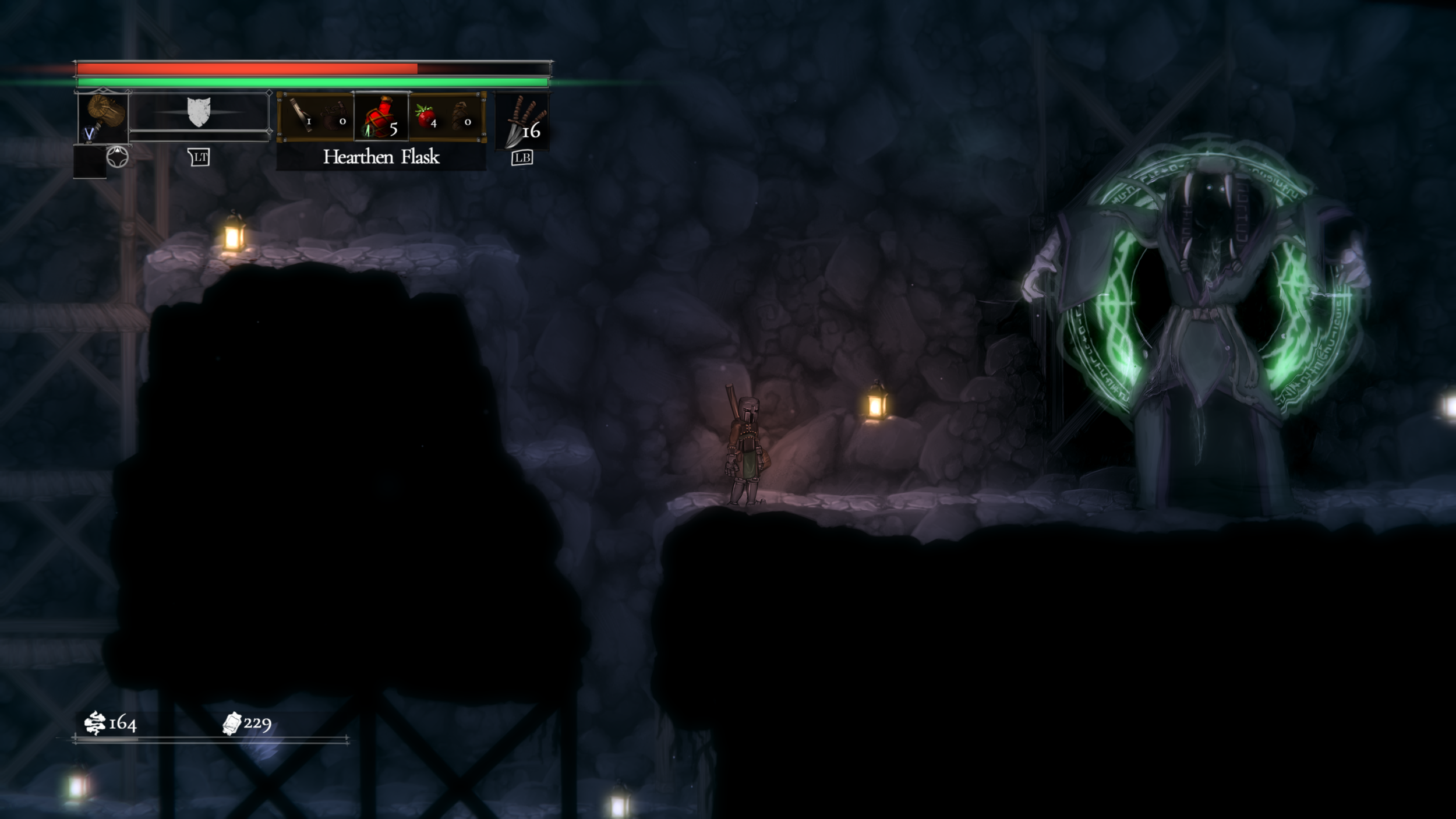
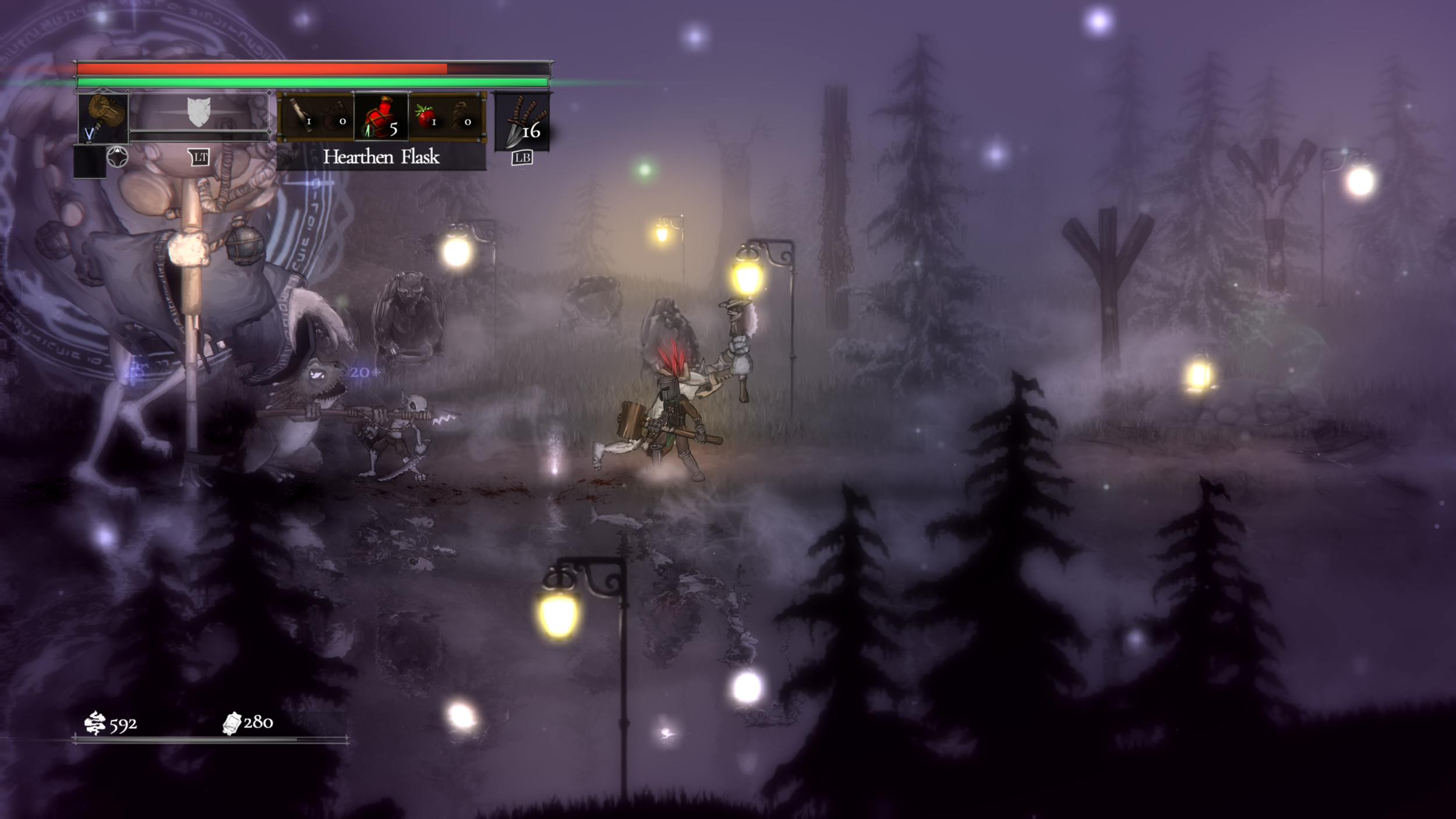
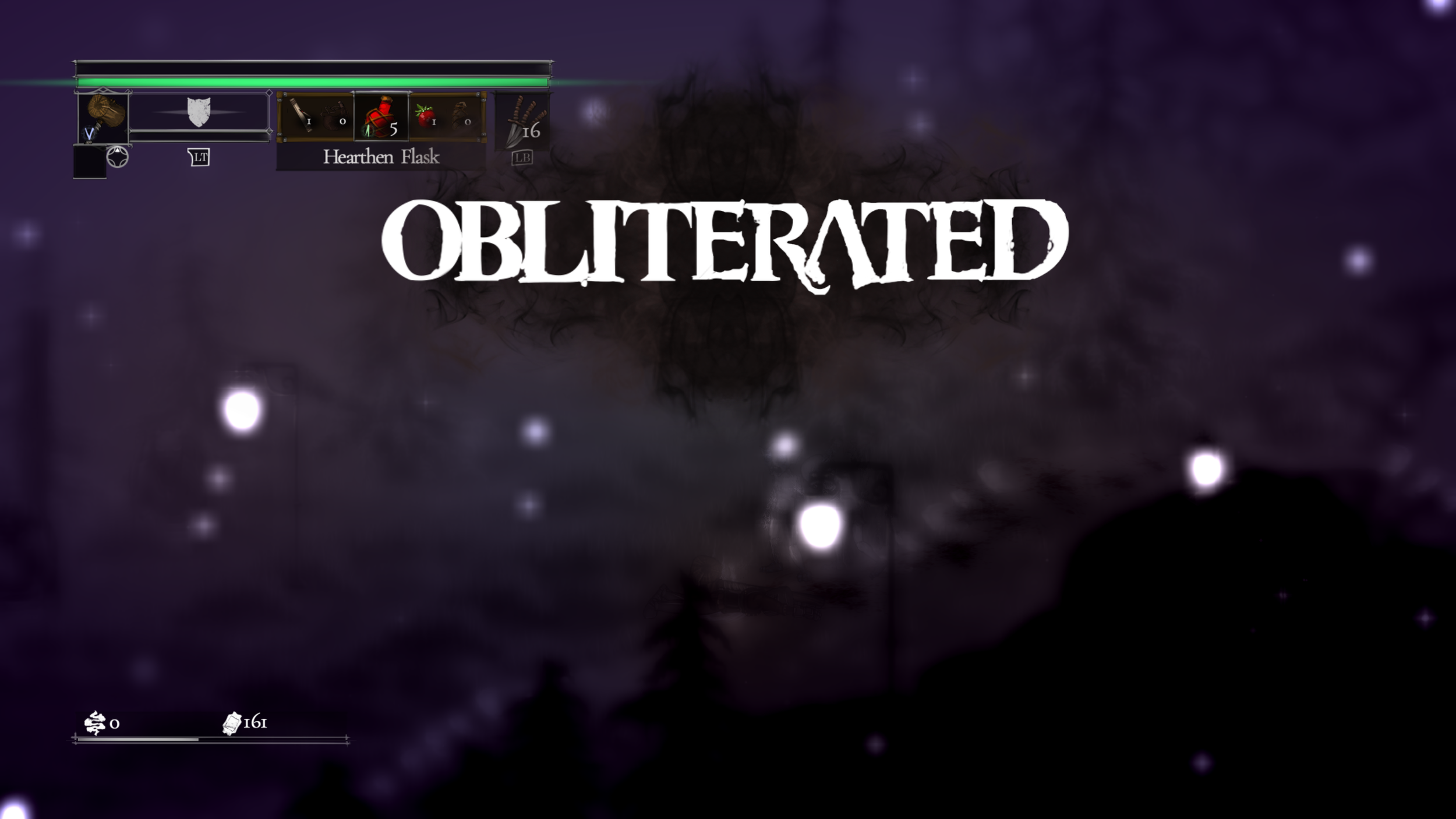
I have played several 2D games in the Soulslike genre and while I think Salt and Sacrifice might be rewarding to me after more time with it, I didn’t find it nearly as compelling as Vigil: The Longest Night, a game that leaned more on Bloodborne as an inspiration and also utilized a similar asset design. This thought is what led to this whole comparison. I think the reason that I don’t feel nearly as interested in Salt and Sacrifice is that I don’t like the visual style at all.
Oftentimes 2D titles with large assets utilize what I believe is called a “paper doll” approach where characters are made up of several pieces that can be quickly swapped out or easily moved for animations rather than going through the process of making animations frame by frame. The characters of Salt and Sacrifice primarily have this lifeless, Flash game-like face that I just find unappealing. It might be charming to some and it certainly reflects this studio’s style but I didn’t find the monster designs or the game’s world interesting either. This sits in stark contrast to Eiyuden Chronicle: Rising's gorgeous backgrounds and detailed characters which often look stunning and add a ton of superficial depth.
Eiyuden Chronicle: Rising has one of the dullest gameplay structures I’ve played in years boiling down to the most basic of fetch quests in a rather average fantasy world. Thank goodness one can skip dialogue scenes. Sure it’s beautiful to look at and the characters are visually appealing but nothing they do or say is gripping. It is certainly a style over substance game, likely designed using piecemeal assets for the much larger and more ambitious title Hundred Heroes. I think that Rising is more to tide players over while they wait which is unfortunate because the game’s style is really appealing for fans of PS1/PS2-era JRPGs. The soundtrack is also warm and inviting so at least there will be new tracks to add to my playlists.
Salt and Sacrifice’s gameplay is far more engaging by comparison but I played far less of it. There is that initial challenge hurdle to overcome like most Soulslike games but I just can’t bring myself to care. The idea of a world ravaged by magic and a group striking back at the oldest and most powerful beings is just the type of setup that should drive the action but aside from the music it just feels lifeless. Granted there is a multiplayer system that could make the game feel less lonely and I could definitely see myself knocking down monsters with a friend. I may dive deeper into Salt and Sacrifice in the future but the initial impressions had me feeling like the game is just not for me.
These two games complement each other as one makes up for the other's weaknesses. Salt and Sacrifice comes out swinging with Soulslike combat and character customization meanwhile Eiyuden Chronicle: Rising spends almost ten hours of needless plodding before the game’s systems even remotely allow for freedom. Characters in Rising will actively stop the player from entering otherwise open rooms just because they need to go back to town for a line of quests that didn’t really need to be there.
Games are ways to take up time and time is tragically limited so we often rate and compare games to try and select the ones that most deserve our time. This is where Eiyuden Chronicle: Rising and Salt and Sacrifice might struggle because there are so many games that are a more complete experience both artistically and mechanically. Not every game has to be the fantastic experience of Hollow Knight or even the GBA game Castlevania: Aria of Sorrow. Yet, there is something to be said of the practice of playing inferior games to make the good ones feel that much better.
If I could somehow take the art style of Rising and mash it with Sacrifice, it’d make for a grand time. As it stands though, these two games show just how pronounced and refined 2D game design has become over almost 40 years of iteration.
Regardless, every game has its fans so I invite readers to try out some games even if they might not look nearly as good as another or the review scores are lower from your favorite outlets or personalities. If anything, I know that I’ll be humming the music of Eiyuden Chronicle: Rising and anxiously awaiting Hundred Heroes and I think I might have a few game nights of fun in store for Salt and Sacrifice.
More information about Eiyuden Chronicle: Rising can be found on the official website; the game is available on PlayStation 4|5, Xbox One, Xbox Series X|S, Xbox Game Pass, Nintendo Switch, STOVE, Steam, GOG, & EPIC Games. Salt and Sacrifice also has an official website; it can be found on PlayStation 4|5 and EPIC Games. Screenshots were taken through Steam and Nvidia functionality. A digital Steam copy of Eiyuden Chronicle: Rising and a digital Epic copy of Salt and Sacrifice were provided for press purposes.
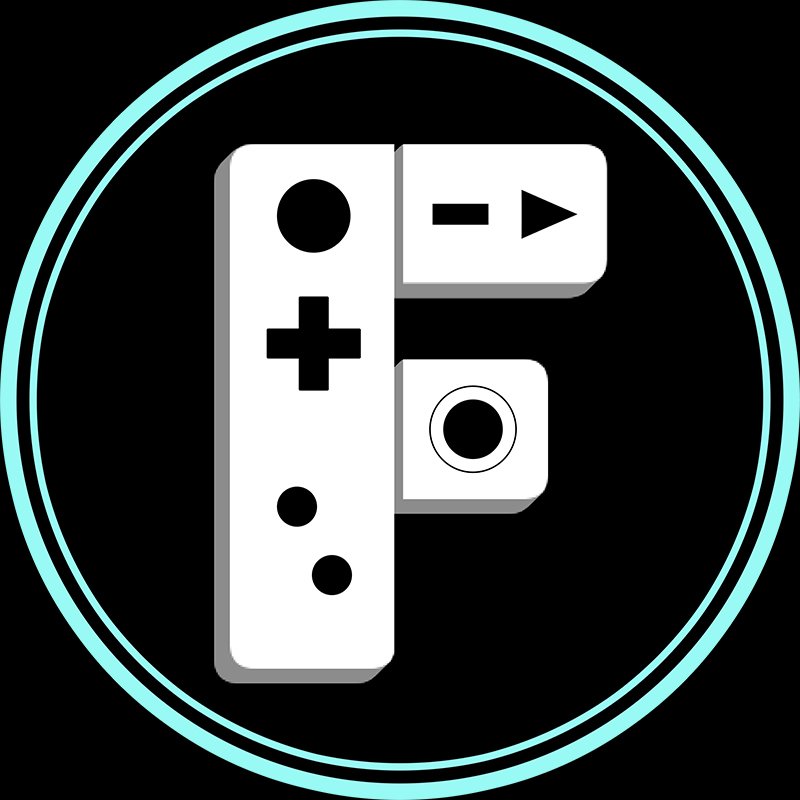


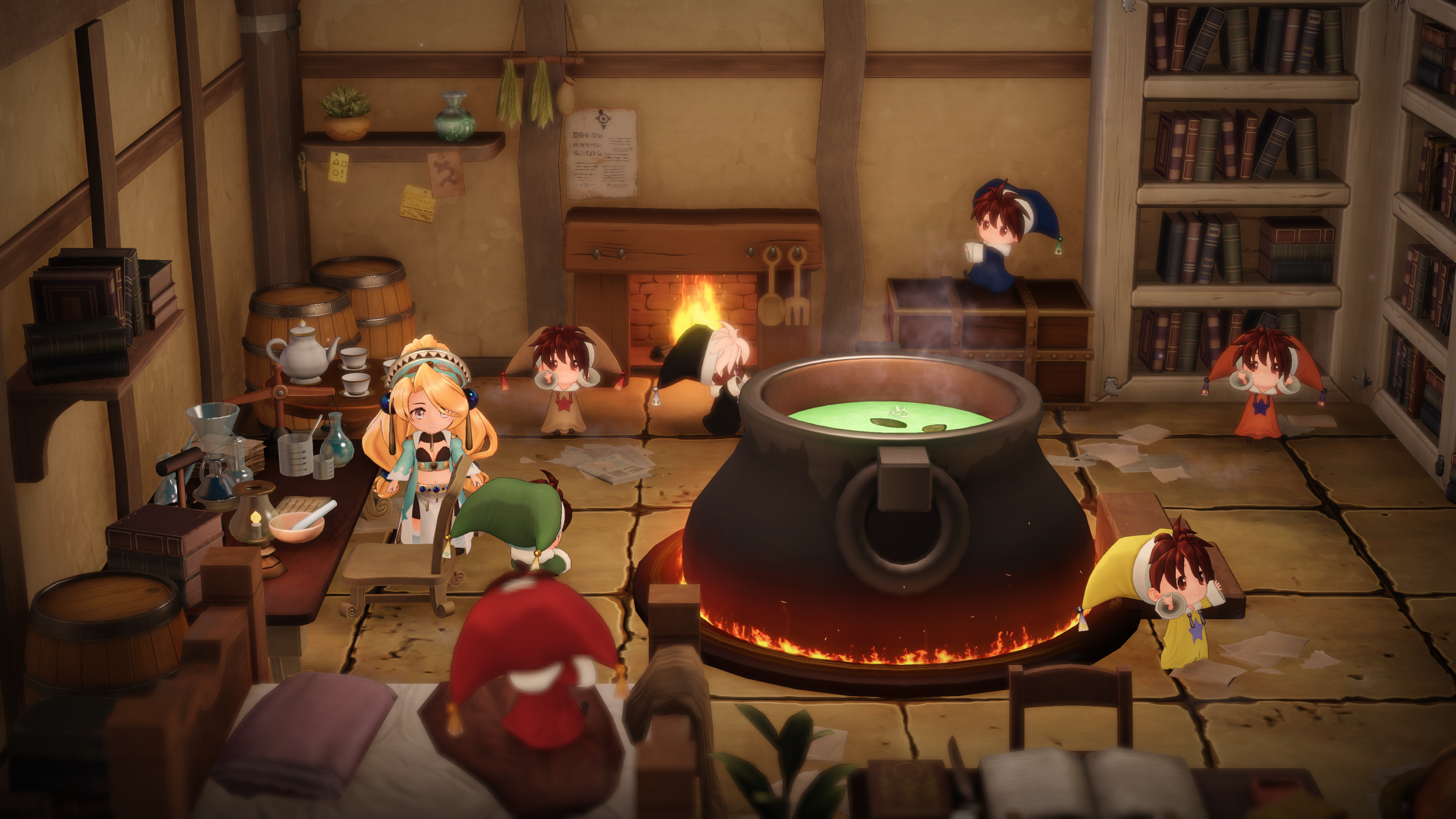

We played a demo of the upcoming Soulslike Pinocchio tale, and we have no lies to tell about how much we enjoyed Lies of P.